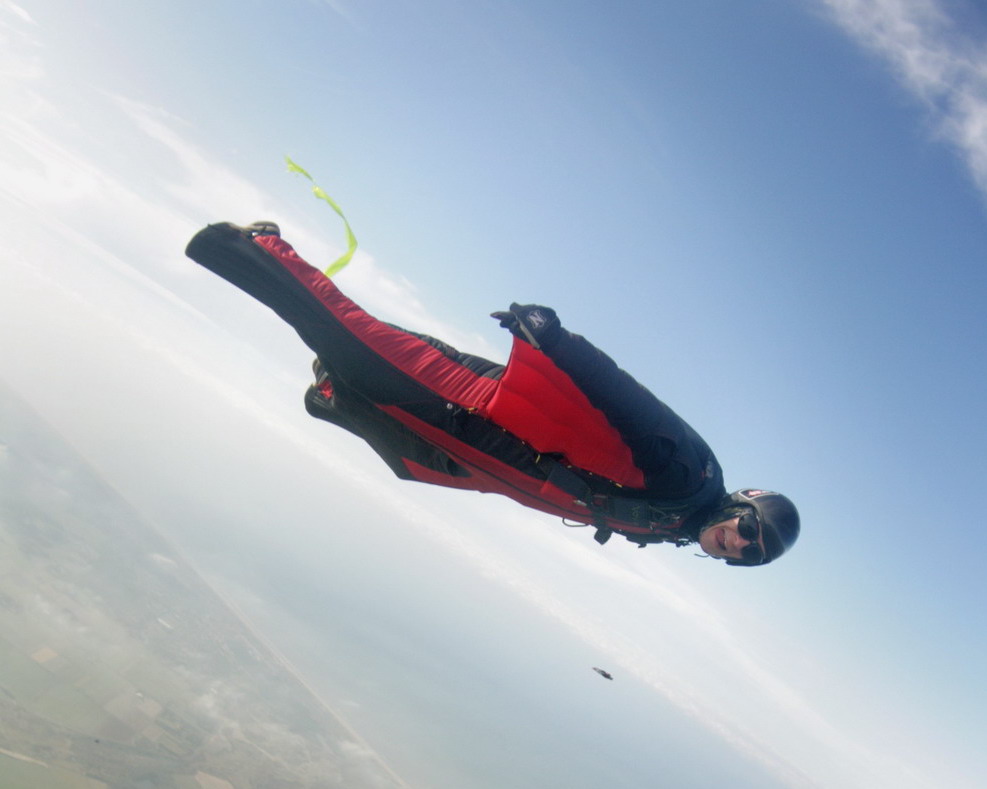Why Some Movements are Incredibly Fun
“It’s the funnest thing ever. More fun than a trapeze, or even flying.”
That was how my thirteen year-old daughter described her first experience with body boarding, which is basically surfing while lying face down on a piece of foam.
This got me thinking: why are are some physical activities so incredibly fun? Some people really love to run, do martial arts, or play team sports, but it’s not everyone’s cup of tea. Other activities seem universally appreciated: everyone gets a thrill from jumping on a trampoline, playing in the water, sledding down a hill, or going down a water slide.
I think what all these activities have in common is that they allow you to move with extreme speed and power with a minium of physical effort or discomfort. This preference makes sense from an evolutionary perspective. All animals have evolved a highly sophisticated system for measuring the relative costs and rewards of moving around. You have to move to find food and mating opportunities, but every move depletes your energy. And sometimes you need to move extreme speed and power, to avoid predators or catch prey, which has the risk of increasing the risk of injury, but also the awesome reward benefit of not getting eaten or starving to death.
It therefore makes sense that animals have internal sensory systems that are very well-adapted to weigh the costs and benefits of movement, as well as emotional systems that motivate them to move or sit still according to these calculations. Thus, we should expect that humans are inherently repulsed by movements that require lots of effort, seem dangerous, and don’t provide much feedback indicating that a lot of useful movement is happening. On the other hand, if a movement feels effortless, safe and powerful, it should feel inherently awesome. Who wouldn’t want to fly like an eagle? The closest we can get is:
Jumping on bouncy things (tramp, bouncy house)
Sliding down slick things (sledding, skiing, water slides)
Harnessing the power of waves (surfing, body boarding)
Using water to cushion falls (surfing, diving, playing in the water)
Using swings to create speed (playgrounds, trapeze, amusement park rides)
Using wheels to create speed (skateboarding, roller skating, biking)
These activities are create a supernormal stimulus, which is an exaggerated version of a stimulus that we instinctively respond to in a certain way. For example, infant herring gulls have an instinct to peck at red spots, which under normal conditions will cause them to beg for food from their parents, who have red spots near their mouths. But if you show the babies a larger red spot, they will prefer to peck at that.
Humans are instinctively drawn to walking, running, throwing and jumping with speed, power, efficiency and safety. Moving well just feels right and is inherently rewarding. But not as rewarding as having a huge wave do all that all for you! This doesn’t mean there’s anything wrong with surfing (which leaves quite a lot of skillful and effortful things for your body to do even with help from the wave.) So go ahead and hack into your inherent movement reward system if you want. But maybe take a pass on getting into a squirrel suit.
If you want to learn more about the connection between play and healthy movement, check out my new book Playing With Movement, available now.


